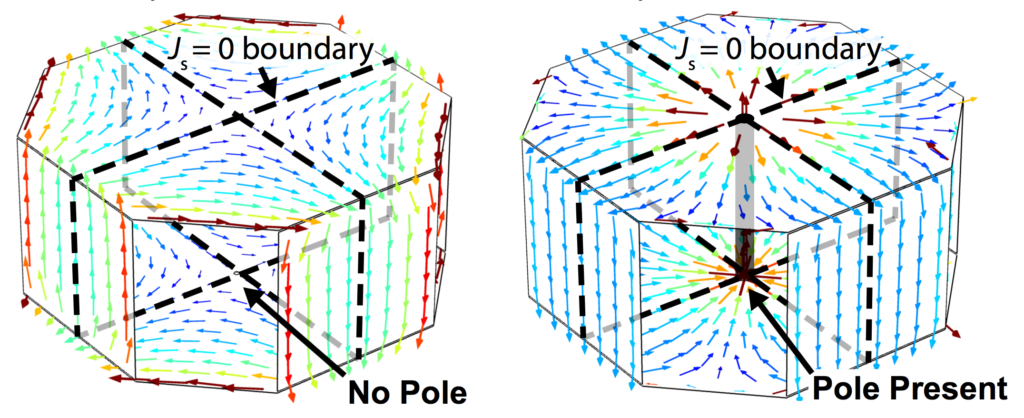Abstract

The majority of existing wireless power transfer (WPT) solutions are limited to 2-D configurations, which limits mobility when charging electronic devices. What is needed are systems capable of 3-D WPT, which can deliver power everywhere throughout large volumes. Prior work on quasistatic cavity resonance (QSCR) showed promising results for ubiquitous WPT at room scales or larger. However, many challenges remain for QSCR, such as the need for a conductive pole in the middle of the room and the power efficiency that is not high over the entire cavity volume. To address these two issues, this letter introduces a room-scale resonator that possesses a “pole independent” (PI) mode, which can be operated without a pole. It is shown by finite element simulations that by using the PI mode alone, power can be delivered to 93% of the 54 m3 volume with over 50% efficiency. Moreover, the PI mode and the “pole dependent” (PD) mode, which was used in previous QSCR work can co-exist in the same resonator. These two modes can be selectively stimulated by shifting the operation frequency by less than 1% and no physical switching components are required. It is shown by simulations that power can be delivered with over 66% efficiency to any location in the room by using this dual mode operation.
Copyright Notice
The documents contained in these directories are included by the contributing authors as a means to ensure timely dissemination of scholarly and technical work on a non-commercial basis. Copyright and all rights therein are maintained by the authors or by other copyright holders, notwithstanding that they have offered their works here electronically. It is understood that all persons copying this information will adhere to the terms and constraints invoked by each author’s copyright. These works may not be reposted without the explicit permission of the copyright holder.